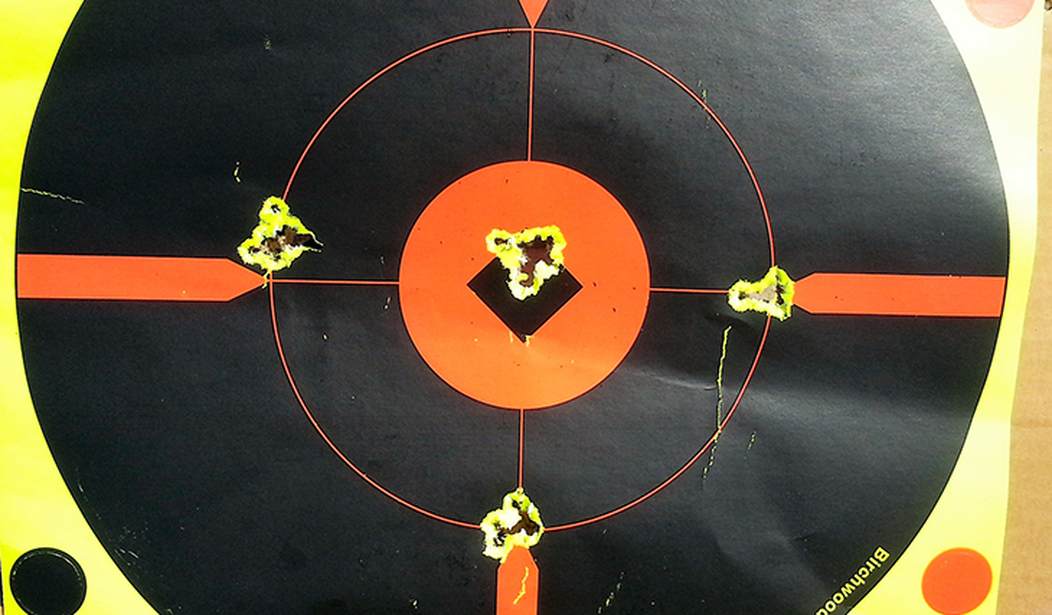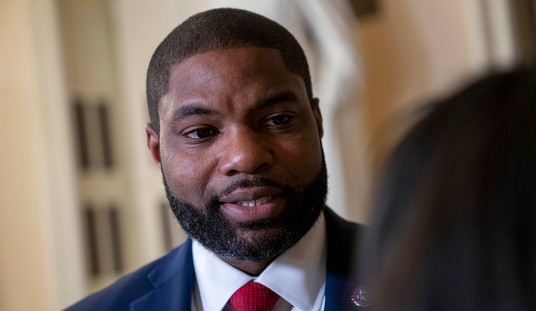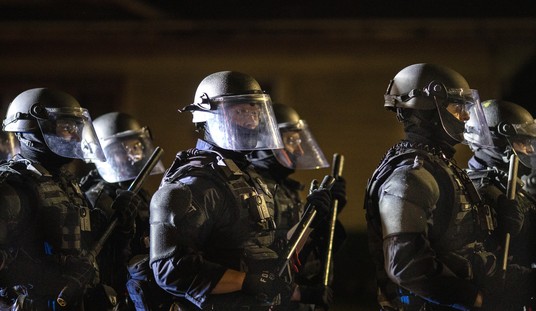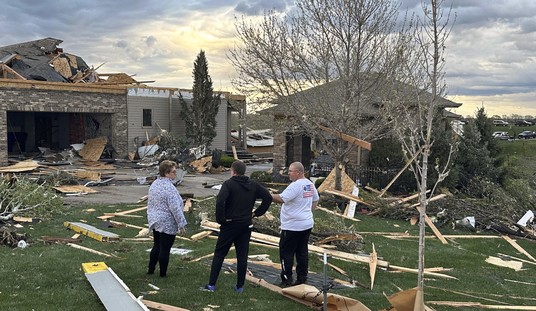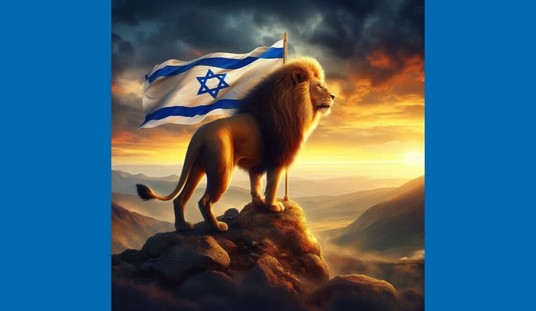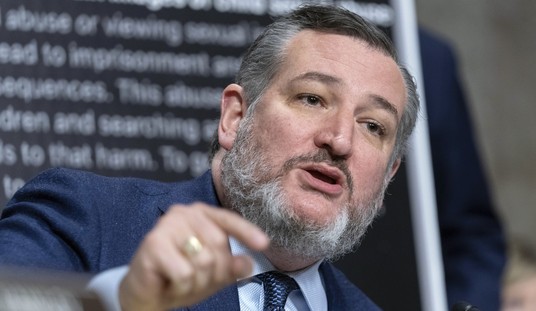Guns and Readers
In my fifty-odd years of being a shooting sports aficionado, I’ve learned that, like me, most gun nuts like reading about guns and shooting sports almost as much as they like the sports themselves. The explosion of the Information Revolution has resulted in a plethora of scribes talking about guns and shooting, but back in the old days of paper and ink, the market was a lot tighter.
Nevertheless, the shooting scene saw some great gun scribes from a variety of backgrounds. We had cops and cowboys, hunters and target shooters, and some of them were prolific writers. Like most gun cranks, I had my favorites.
So here they are, in some sort of particular order.
Guns and Writers
Jack O’Connor was probably the Dean of American gun writers. One of my favorite bits of his work was an article for Outdoor Life titled “Moose Are Too Big,” in which he described being on an Alaskan trip when he was asked to help find and kill a moose for camp meat. The story revolved not around the hunt but the ordeal of dressing, quartering, boning, and packing out hundreds of pounds of moose meat, about which O’Connor expressed a preference for birds: “You can shoot a quail, put it in your pocket and go find another.”
O’Connor did, nevertheless, spend much of his career hunting big game. He was an early advocate for the .270 Winchester cartridge for game up to and including elk, emphasizing the importance of marksmanship and shot placement over raw power. (Not that you can’t have both.)
O’Connor’s books include:
- Game in the Desert
- Hunting in the Rockies
- Sporting Guns
- The Rifle Book
- Hunting with a Binocular
- Sportsman’s Arms and Ammunition Manual
- The Big-Game Rifle
- Jack O’Connor’s Gun Book
- The Outdoor Life Shooting Book
- The Complete Book of Rifles and Shotguns
- The Big Game Animals of North America
- Jack O’Connor’s Big Game Hunts
- The Shotgun Book
- The Art of Hunting Big Game in North America
- Horse and Buggy West: A Boyhood on the Last Frontier
- The Complete Book of Shooting
- The Hunting Rifle
- Rifle and Shotgun Shooting Basics
- Sheep and Sheep Hunting
- Game in the Desert Revisited
- The Best of Jack O’Connor
- The Hunter’s Shooting Guide
- Hunting Big Game
- The Last Book: Confessions of an Outdoor Gun Editor
- Hunting on Three Continents with Jack O’Connor
Elmer Keith was a prolific gun writer; his book “Sixguns“ is a personal favorite of mine, having survived the test of time to still be one of the best all-around books on revolvers and revolver shooting available. His biggest claim to fame in the shooting world is probably his role in the creation of the .44 Magnum cartridge, which was based on heavy .44 special loads he devised for the N-frame Smith & Wesson revolvers. He was a fan of the Smith & Wesson Triple Lock, calling it the “finest revolver ever devised,” and Keith was an early convert to Bill Ruger’s placing modern lockwork and sights on the classic American single-actions, resulting in the great Ruger Blackhawk revolver. On hunting rifles, he was a staunch advocate of big guns; he co-developed the .333 OKH Wildcat and was an early proponent of the .338 Winchester Magnum.
Funny thing: Jack O’Connor and big-gun advocate Elmer Keith were contemporaries in the American shooting scene, but they held differing views on hunting rifles and sidearms and cordially (and sometimes not-so-cordially) detested each other for many years.
Keith’s books include:
- Sixgun Cartridges and Loads
- Big Game Rifles and Cartridges
- Keith’s Rifles for Larger Game
- Elmer Keith’s Big Game Hunting
- Shotguns
- Sixguns
- Guns and Ammo for Hunting Big Game, with John Lachuk.
- Safari
- Keith, An Autobiography
- Hell, I Was There (autobiography)
(Army) Colonel Whelen is best known for his experiments on wildcat rounds based on the then-standard military-issue rifle cartridge, the Caliber .30, Model of 1906. The .35 Whelen was accorded legitimacy by Remington some years back, but his other efforts, including the .25 Whelen, .375 Whelen, and the .400 Whelen, never gained much traction, although the .25-06 wildcat that became the .25-06 Remington was very similar to the .25 Whelen.
While Colonel Whelen wrote several books, my favorite of his works appeared in Outdoor Life around 1910 and described a months-long adventure he embarked on with a friend, a saddle horse and pack horse each, a rifle each, plenty of ammo, and his buddy’s dog. “Red-Letter Days in British Columbia” is a must-read for any outdoor nut.
Whelen’s books include:
- Suggestions to Military Riflemen
- The American Rifle
- Telescopic Rifle Sights
- The Hunting Rifle
- Small Arms and Ballistics
- Hunting Big Game (of which he was the editor)
- Amateur Gunsmithing
- Why Not Load Your Own?
Col. Charles Askins, Jr (1907-1999)
You’ve got to love a guy whose autobiography is entitled “Unrepentant Sinner.”
Askins had two careers, one in the U.S. Army and one in the Border Patrol, and claimed at least 27 men killed in armed combat, which is probably nearly a record in the 20th century. So, when it comes to the deployment of a sidearm in combat, he knew of whence he wrote. He was something of an unsavory character, claiming at one point in his later years that he hunted game because he was no longer allowed to hunt men, but his survival in some nasty environments speaks volumes of his skills with a firearm.
Askins’ books include:
- Hitting the Bull’s-Eye
- The Art of Handgun Shooting
- Wing and Trap Shooting
- The Pistol Shooter’s Book
- Unrepentant Sinner: The Autobiography of Col. Charles Askins
- The Gunfighters: True Tales of Outlaws, Lawmen, and Indians on the Texas Frontier
- Shotgun-ology: A Handbook of Useful Shotgun Information
- The African Hunt
- Asian Jungle, African Bush
- The Shotgunner’s Book – A Modern Encyclopedia
- Texans, Guns & History
- The Federalist
Bill Jordan’s book on handgun combat, “No Second Place Winner,” was the result of his long career as a lawman. He was also a Marine, with service in WW2 and Korea, leaving the Corps with the rank of Colonel.
Jordan was a lawman back when lawmen were not the visored, armored paramilitary forces we see in our cities today; his armor was a shirt, and his only recourse against bad guys was a holstered revolver and cuffs. He was a master with the double-action revolver, once having been recorded drawing, firing, and hitting his target in .28 seconds – and he instructed James Arness in fast-draw techniques for Arness’ role as Marshall Dillon in Gunsmoke. Jordan’s thoughts on guns in general and combat handguns in particular are still worth reading.
Jordan’s books include:
- No Second Place Winner
- Mostly Huntin’
- Tales of the Rio Grande
While the saying “only accurate rifles are interesting” is bandied about a lot and is frequently named a quote from Townsend Whelen, it’s originally attributed to Warren Page, and few have done as much to spread the cause of accurate rifles as he did.
Page was responsible for the greatest name ever for a wildcat rifle cartridge; he took the old .244 Remington case and blew it out to a 28-degree shoulder and called it the .240 Page Souper Pooper. It was a good round, largely eclipsed now in wildcatting circles by the .243 Improved.
Page’s books include:
- The Accurate Rifle
- One Man’s Wilderness
The Browning/Colt 1911 pistol never had a more ardent advocate than Jeff Cooper. A retired Marine, Cooper also promoted the use of the rifle, stating in his book “The Art of the Rifle” that “…the rifle itself has no moral stature, since it has no will of its own. Naturally, it may be used by evil men for evil purposes, but there are more good men than evil, and while the latter cannot be persuaded to the path of righteousness by propaganda, they can certainly be corrected by good men with rifles.” That’s a good point lost on all too many folks today, but Colonel Cooper was a man of a simpler time.
Colonel Cooper also coined the term hoplophobia, meaning to have an irrational fear of gadgetry – especially weapons.
Cooper’s books include:
- Principles of Personal Defense
- Another Country: Personal Adventures of the Twentieth Century
- To Ride, Shoot Straight, and Speak the Truth
- The Art of the Rifle
- The Modern Technique of the Pistol
- Yukon Journal
- A Man in Full
- Cooper on Handguns
- Handguns Afield
- Guns of the Old West
- Fighting Handguns
- Custom Rifles
Guns and History
Honorable Mention: Denis McLoughlin (1918-2002)
Denis McLoughlin was not, strictly speaking, a gun writer. But if you’re interested in the Old West, his book “Wild & Woolly – An Encyclopedia of the Old West“ is an essential reference. Ever wondered what Valley Tan was and where it originated? Heard of the Dog Soldiers but weren’t sure who they were? Don’t know who Annie Moses, Martha Jane Cannary, Alfred Swartz, or Melvin King was? “Wild & Wooly” will tell you. Ever wondered where the Llano Estacado, Inscription Rock, or the Mormon Trail were? Ah, but Denis McLoughlin has the answer! Funny thing is, he was a Brit.
We should never, of course, neglect serious reading about modern issues around shooting and the Second Amendment, and you’ll find plenty of that right here at RedState; my colleague Jeff Charles, for instance, does sterling work recording gun-rights issues and instances of self-defense by lawful gun owners.
Even so, the history of guns is interesting, and the writers mentioned here are big figures in American shooting sports history. Reading about guns isn’t as much fun as shooting them, but imagine the ammo costs if you spent as much time shooting as you can be reading. Take a browse through any of the authors listed here; you won’t be disappointed. Read, and enjoy!

